Middlefield housing scheme was borne through the dire need to accommodate the rapidly-expanding population of Aberdeen between the wars.
The council desperately needed to address the city’s slum housing described as “insanitary, overcrowded, evil-smelling and in sunless areas”.
The council bought pockets of countryside around Aberdeen to build municipal houses and ‘homes for heroes’ returning from the First World War.
A vast 85 acres was purchased for the scheme at Middlefield on lands at Hilton and around Upper Middlefield House, a private lunatic asylum.
In 1935, the council revealed proposals for Middlefield “housing colony”, which in phase one would consist of 1236 houses, blocks of flats, tenements and terraces.
As well as housing, provision was made for a school, church, one large play park and a shopping centre.
By the late 1930s, Middlefield continued to grow with more housing planned on the remaining land down to Great Northern Road.
It’s an area that’s had its ups and downs, but we’ve taken a look back at the people and places that gave Middlefield its community spirit.
1980: Ernie’s Fish and Chip Shop
Middlefield mothers were up in arms in 1980 when an empty fish and chip shop was repeatedly targeted by vandals.
The mums called environmental health in to the Logie Place premises due to the smell of rotting food.
The empty chipper was targeted by vandals and proved irresistible to curious local children – much to the concern of their mothers.
The chipper’s owner Ernest Benzie had shut up shop to sell his business before going on holiday, but vandals had broken in and emptied food all over the floor.
1980: Middlefield Community House
Kindly community volunteers set up a library service for residents in Middlefield in March 1980.
The little library was the idea of Joyce Stewart who produced the community newsletter ‘Middlefield News’.
The nearest public libraries were in Woodside or Byron Square – although both closed in March this year – and Middlefield residents wanted one closer to home.
A real community effort, the library was located at Middlefield Community House at 45 Logie Place, and run by volunteers with donated books available for borrowing.
1982: Middlefield Youth and Community Action Group
Proactive parents in Middlefield were always keen to improve the lives of youths – and hoped to tackle antisocial behaviour.
In 1982, a group of parents established the Middlefield Youth and Community Action Group to stop drug abuse and crime.
The group helped set up a youth workers’ project to help the interests and problems of young people in Middlefield.
1983: Fowler Avenue, Middlefield
By the early 1980s, council house residents in Middlefield highlighted various issues, including damp, in their properties.
In 1983, the local authority began a programme of modernisation across tenants’ homes to improve living standards.
But the building work took place while residents were still living in their homes, leaving some families with only buckets of water for bathing and cooking.
Thomas and Lorna Elrick of Fowler Avenue said it was “a disgrace” as they struggled to look after their six children with only a cold water standpipe and temporary gas cooker.
1984: 17th Middlefield Boys’ Brigade Company
For 140 years, the Boys’ Brigade has provided structure and fun for generations of boys and it’s no different in Aberdeen.
But an age-old problem of youth organisations is attracting and holding onto members and volunteers.
The 17th Middlefield Company, attached to Middlefield Church, launched an appeal in 1984 for new boys aged between 11-13 to join.
Despite steady numbers among younger and older boys, the Company Section was down to just eight members.
1984: Lamberty’s newsagents
A familiar sight in Middlefield for many a year, Lamberty newsagents and grocer’s shop was a firm fixture on Clarke Street.
Lamberty’s was a handy community shop where you could pick up a paper, sweeties or cigarettes – and was particularly popular with school kids.
So much so, that newsagent Gil Lamberty and his wife had a collection jar in the shop to raise funds for neighbouring Smithfield School in 1984.
But being at the retail heart of the community also had its pitfalls, and the shop was targeted by thieves and robbers on more than one occasion.
1986: Persley Crescent
In 1986, the long-suffering youngsters of Middlefield had had enough – they just wanted somewhere safe to play.
Little Scott Rennie presented Councillor Margaret Farquhar with a 450-signature petition signed by concerned parents.
For 20 years, Middlefield mums and dads had sought a safe space for the scheme’s many youngsters to get them away from the busy streets.
Parents appealed to the council to turn a patch of waste ground in Persley Crescent into a park where youngsters could play safely.
1987: Middlefield Church
Lots of activities were on offer at Middlefield Church in the summer of 1987 for the community’s children.
Co-leader of the church’s summer mission, Colleen Ramsay, helped organise a host of events for the youngsters.
The popular programme saw dozens of Middlefield’s youngest residents partake in Bible studies, team games, singing and music.
If you enjoyed this, you might like:
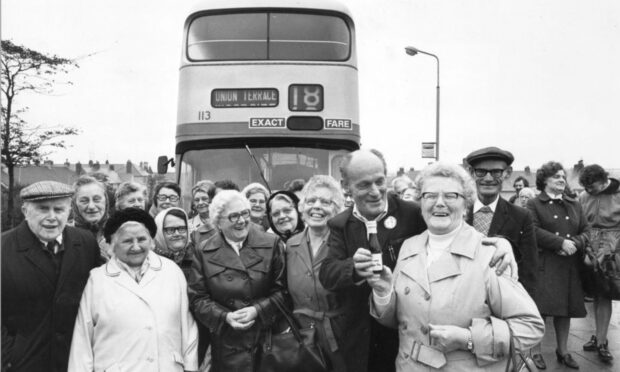
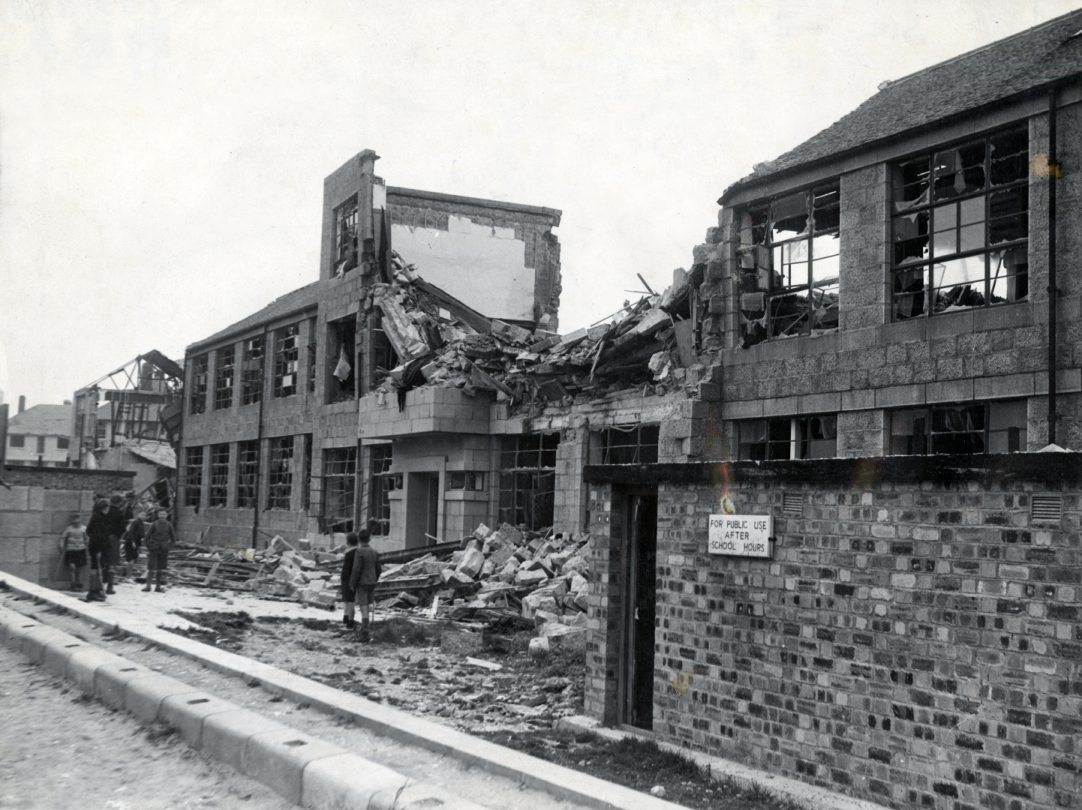

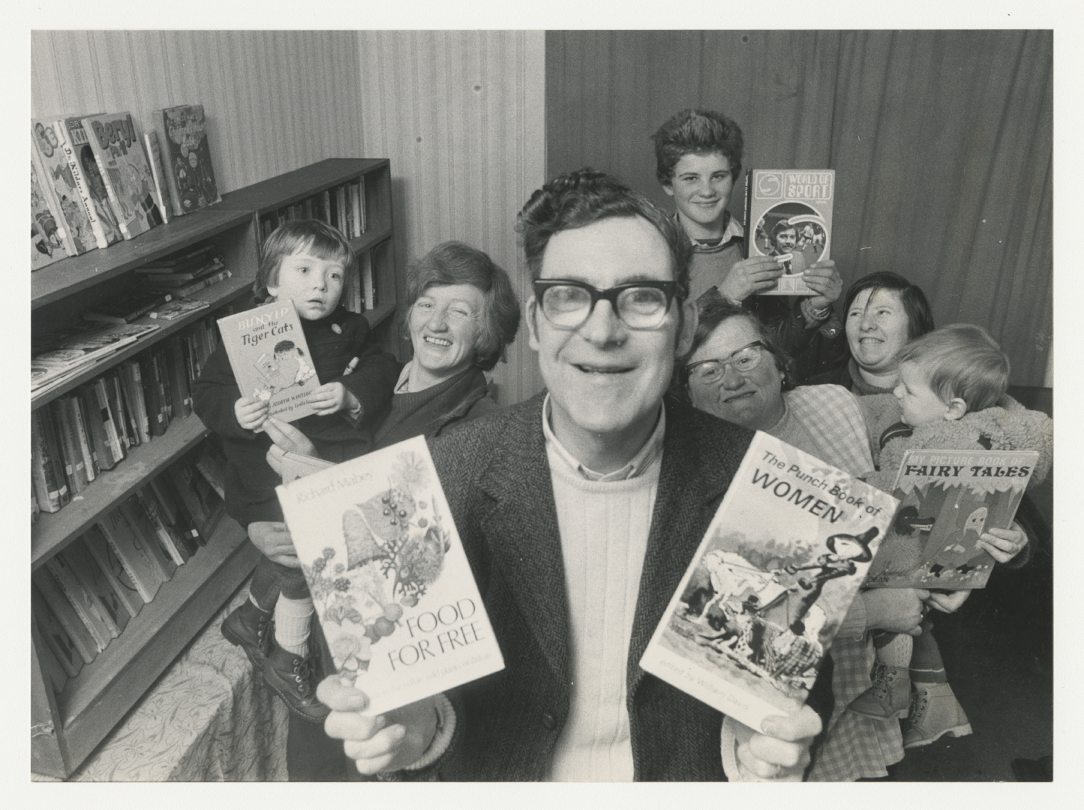
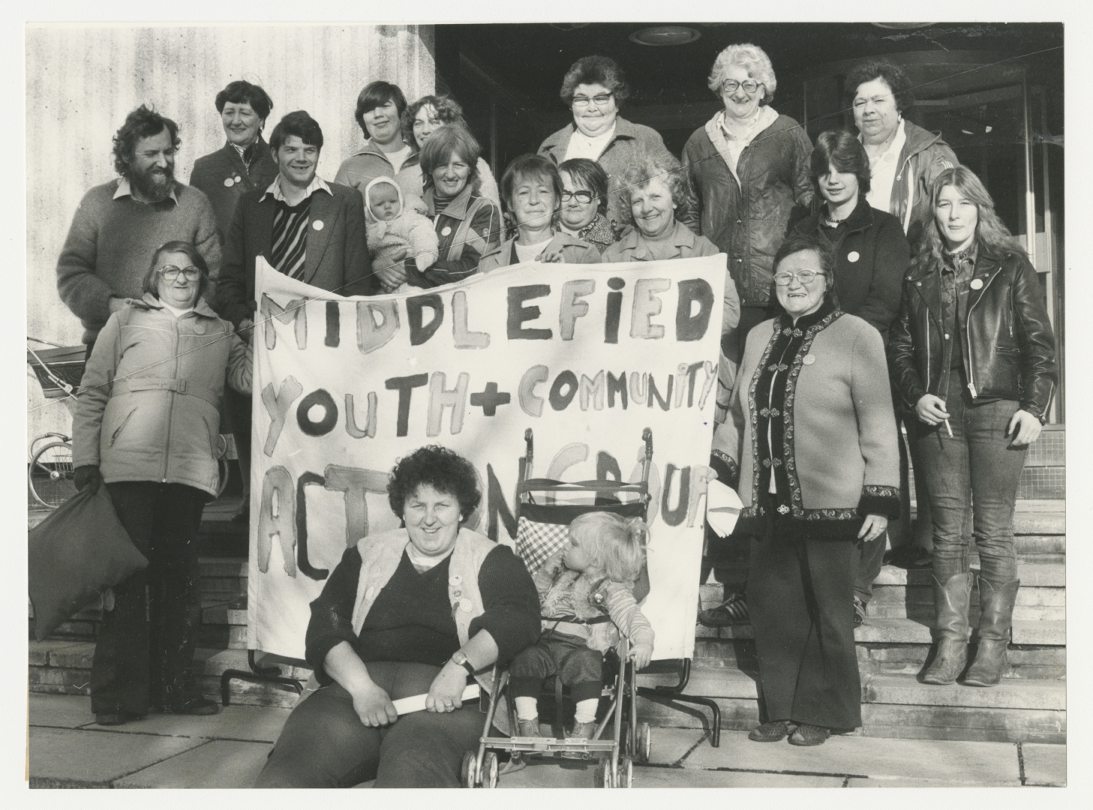
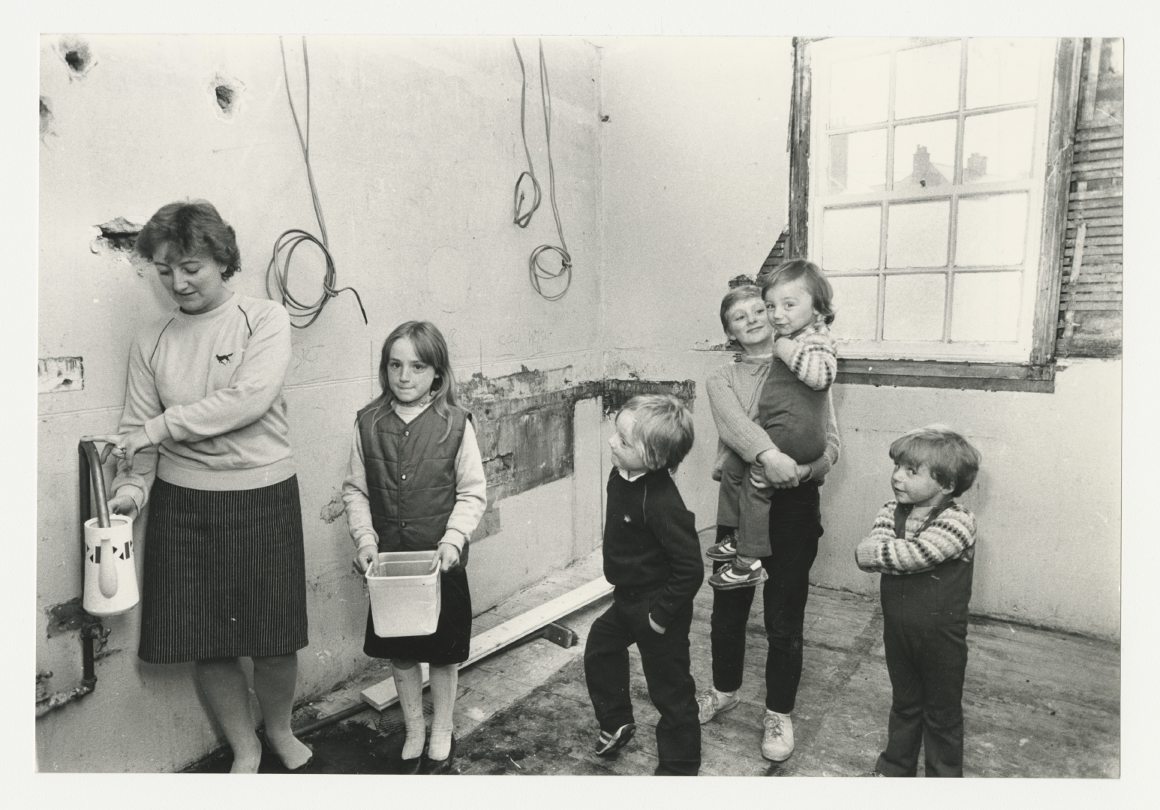
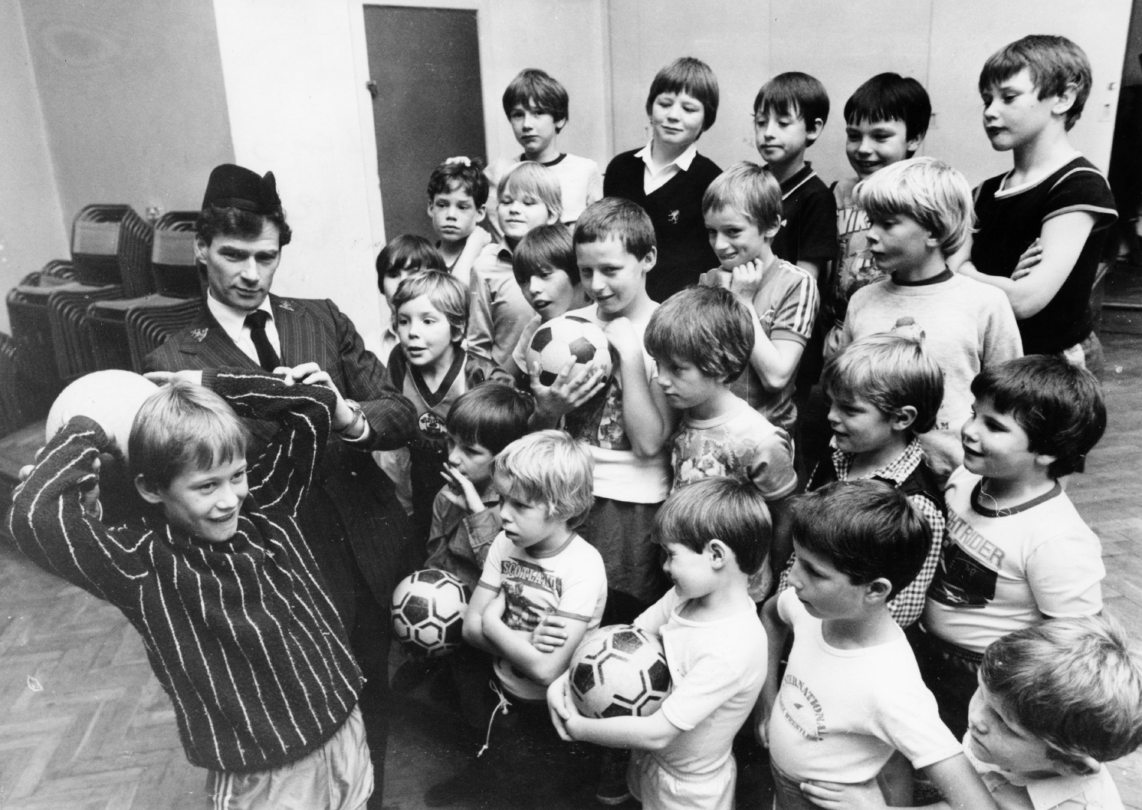
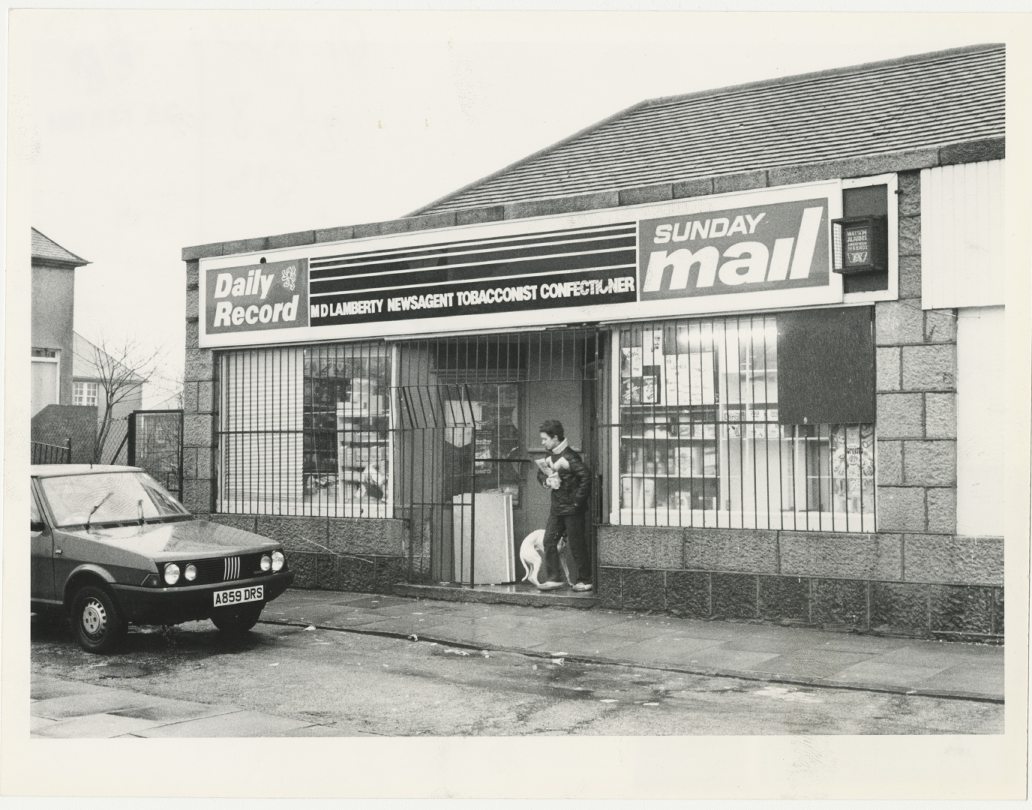

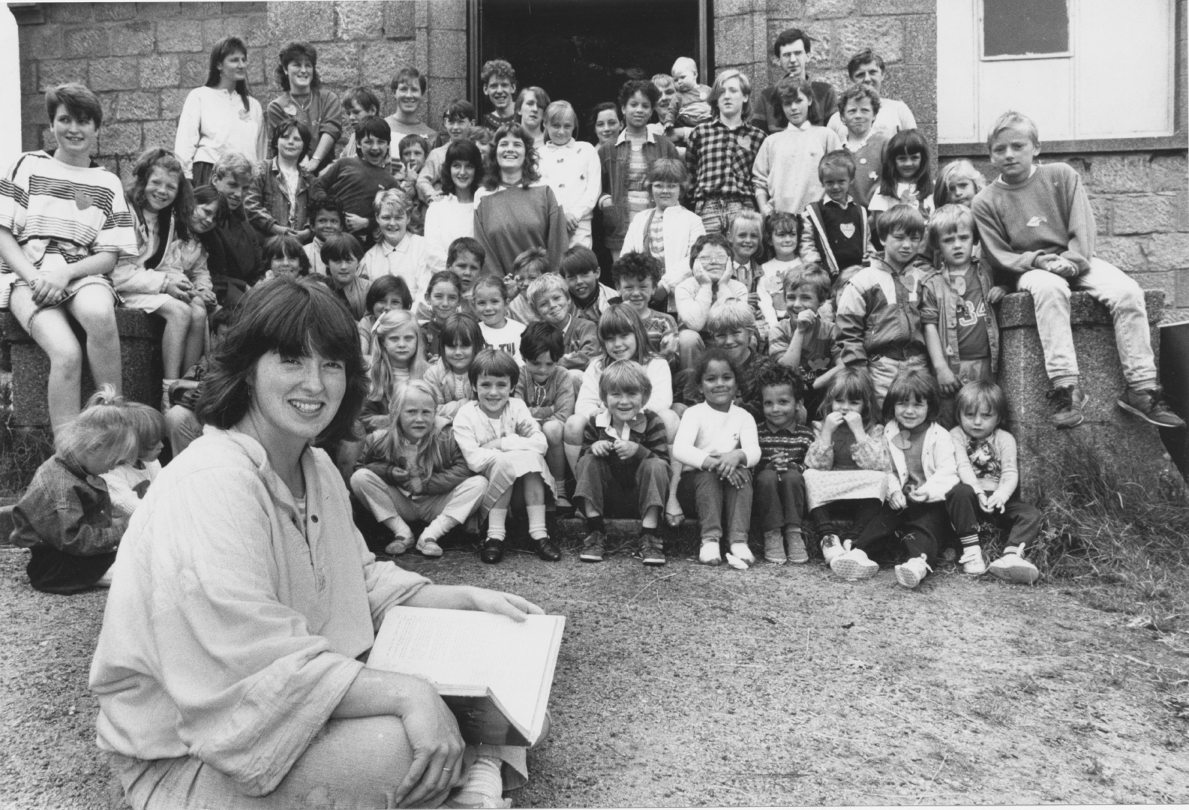
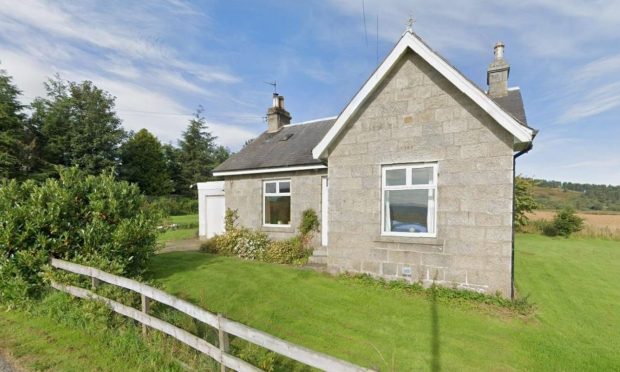
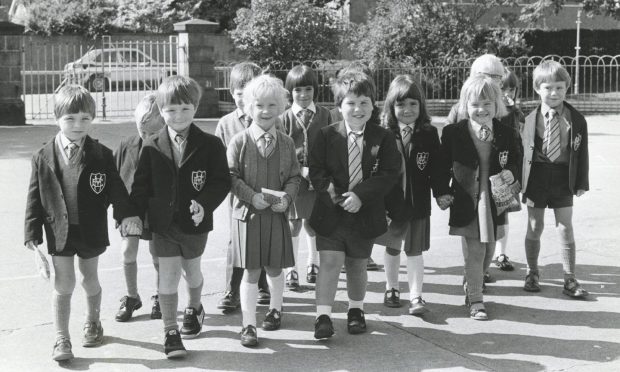
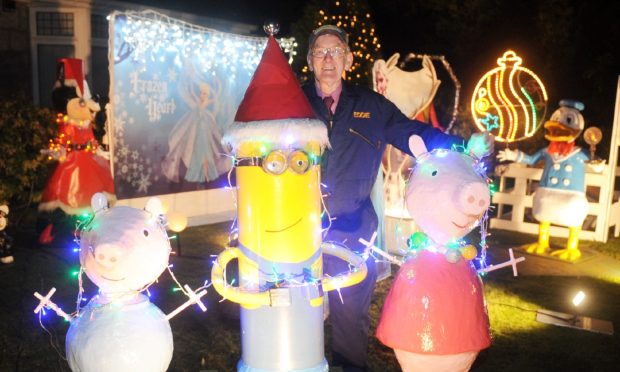
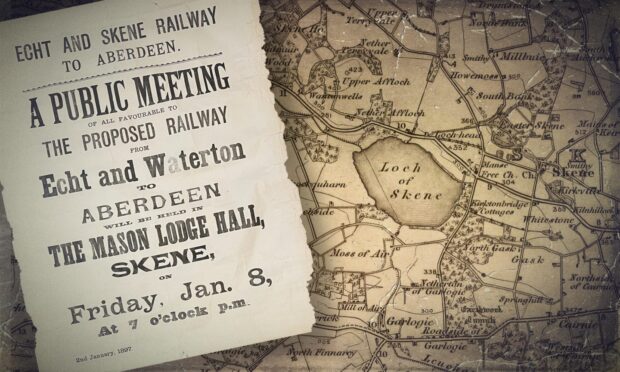

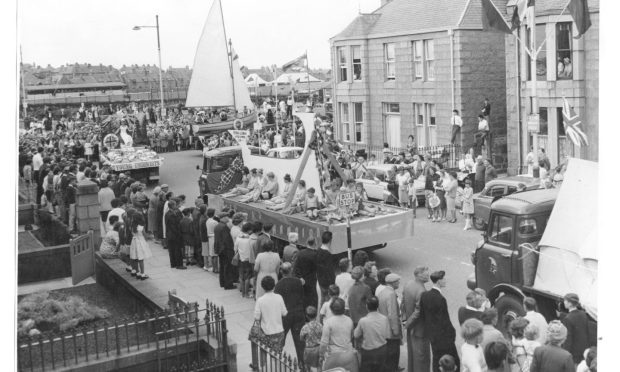
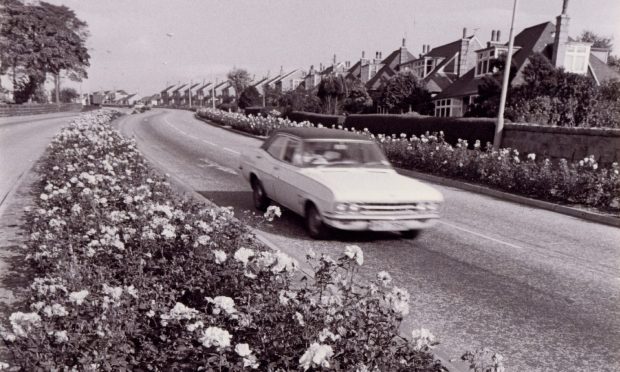
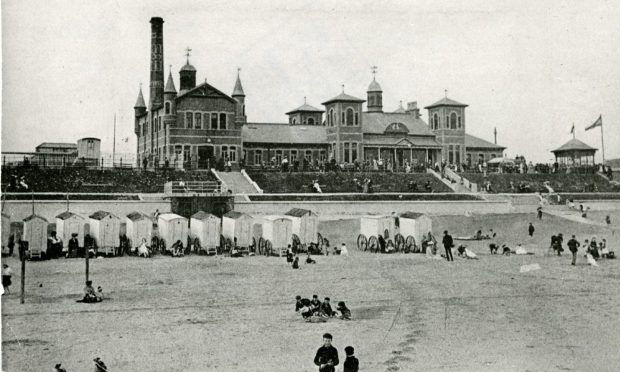
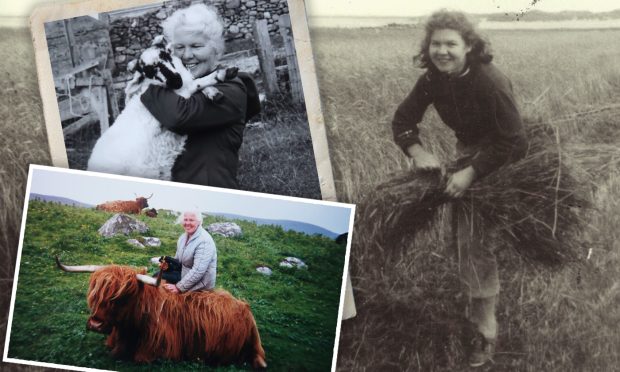
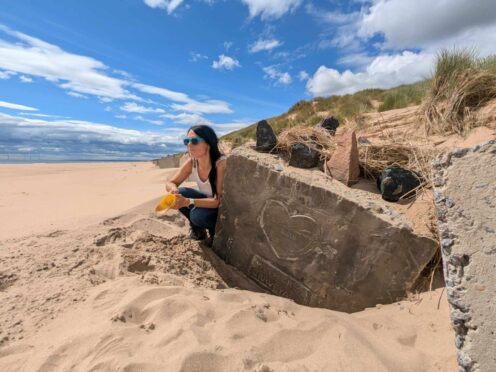
Conversation